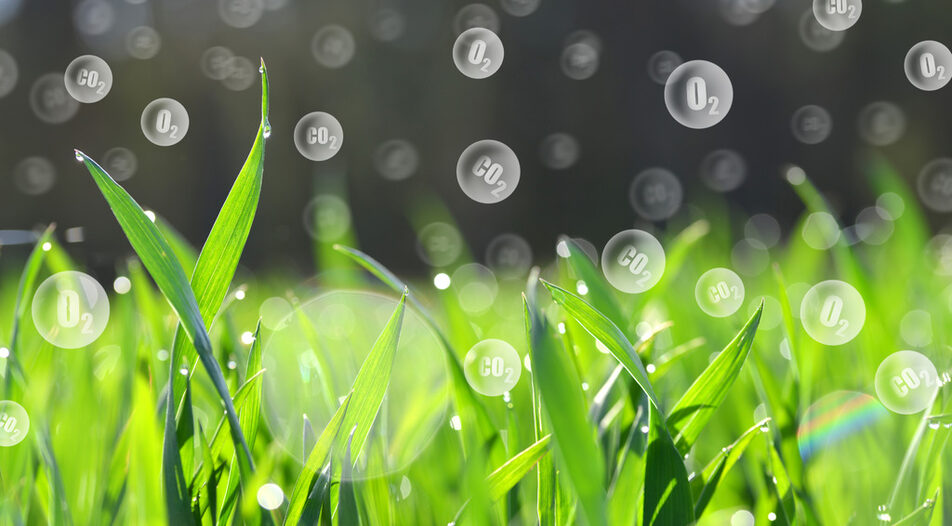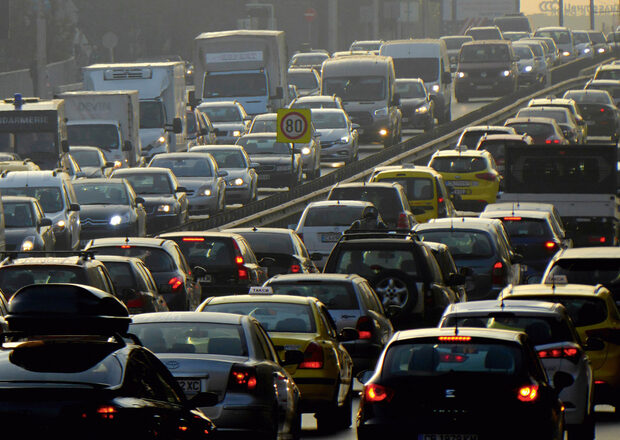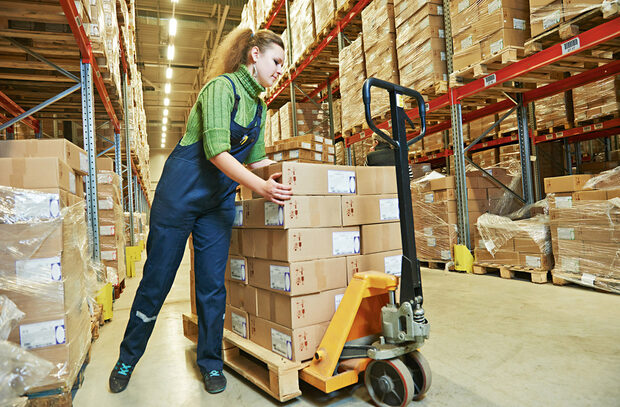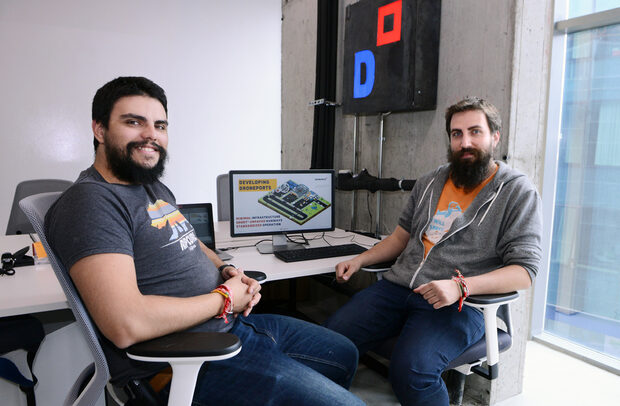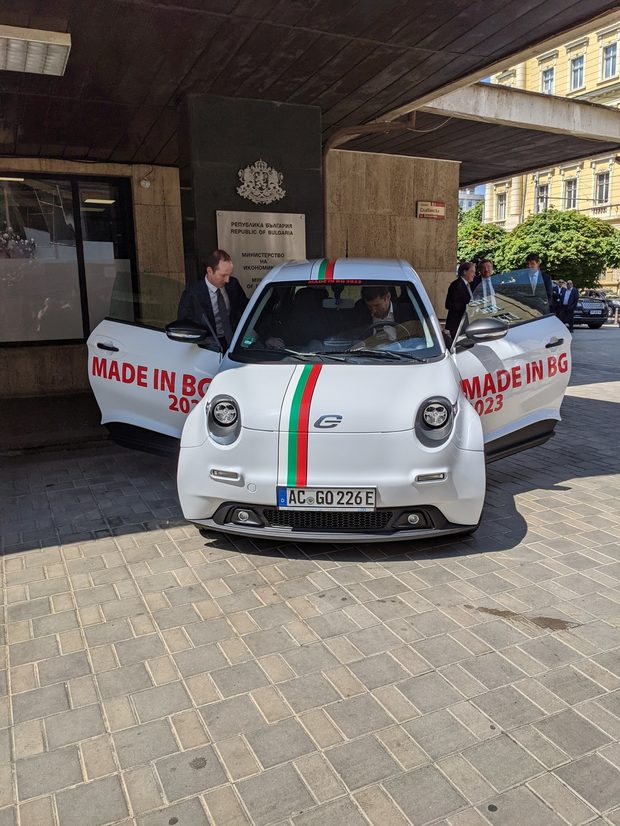For European farmers, the past year and a half has been marked by stress and challenges. On the one hand, the war in Ukraine has disrupted markets, leading to surging prices for fuels, fertilizers and animal feed, as well as high inflation in food prices that reduced consumer spending. On the other hand, there is the Green Deal, the ambitious policy of the European Commission aimed at decarbonization and building a sustainable economy by 2050. It has introduced stringent environmental requirements for farmers without leading to an increase in their incomes.
Against this backdrop, the concept of "low-carbon farming" is seen as a ray of hope - an opportunity to develop a new business niche and increase the incomes of European farmers. This is a green business model in which farmers follow specific agroecological practices, ensuring that their farms not only do not release harmful emissions but also absorb excess carbon dioxide from the atmosphere. The idea is for these farmers to receive certificates from the European Commission, which they can eventually monetize, either through public subsidies from the EU's Common Agricultural Policy or through a new pan-European market for agricultural carbon quotas, similar to the carbon market in energy or industry.
In November last year, Brussels drafted the necessary regulation but left the contentious issue of how farmers can profit from these certificates outside the scope of the legislation. However, in September this year, the regulation was reviewed in the European Parliament's agriculture committee, where members asked the European Commission to expand the legislation in the direction of monetizing the certificates. This brought the issue back to the forefront, and farmers are now one step closer to the possibility of earning from the carbon dioxide they store or capture on their farms.
Double Benefits from the Model
Low-carbon farming is one of the promising new concepts in the agricultural sector. For the first time, it is mentioned in the Farm to Fork strategy, which aims to reduce the use of chemical pesticides by 50% and fertilizers by 20% by 2030. The goal is for low-carbon farming to build upon the package of other green initiatives in Brussels embedded in the new Common Agricultural Policy (CAP), which came into effect in 2023.
In its current form, intensive agriculture releases significant emissions and contributes to climate change. However, if farms follow a strict set of agroecological rules, not only can they offset their emissions but also absorb and retain excess carbon dioxide from the atmosphere.
These practices, however, require a significant commitment from landowners, as well as some sacrifices, such as more forested and grassed areas, which mean less arable land, and, consequently, less production and income. Therefore, to motivate farmers to practice low-carbon farming, they need to see benefits in the form of additional income. The question of where these benefits will come from is still a contentious issue.
Different Approaches
While farmers themselves prefer the market option, i.e., creating a pan-European market for trading these stored or captured emissions, environmental activists and some politicians believe that incentives should come from EU public financing, in the form of subsidies. Their concerns are that the market option carries risks - for example, other companies could use agricultural farms for deceptive carbon offsetting and "greenwashing."
Farmers' organizations, on the other hand, are concerned that the bureaucratization of low-carbon farming through CAP could create additional burdens, increase costs, and potentially reduce the productivity and overall incomes of farmers. The market is a much more powerful mechanism that can develop faster and encompass more farms. While still in its early stages, agricultural carbon emission trading (mostly on a private basis, without regulation) exists in the United States, and the method is being tested in some European countries like Spain, Finland, and Switzerland.
Work on the legislation has not been completed, it will be reviewed by other European Parliament committees before being voted on by the entire parliament. Expectations are that this will happen next autumn, after which discussions will begin between the European Parliament, the European Commission, and the EU Council. Whether the ambitious legislation on low-carbon farming will become a reality within the current European Parliament and Commission, and before next year's EU elections, is still an open question.
What Is Low-Carbon Farming?
The primary goal is for agriculture to employ practices in which the land absorbs carbon dioxide from the atmosphere and stores it in the soil. This way, the agricultural sector contributes to the fight against climate change rather than exacerbating it. Various agricultural methods are used:- Afforestation, reforestation, and carbon sequestration in soils through agroecological or regenerative farming practices. The idea is to have no bare, plowed land, which releases carbon dioxide.
- Soil conservation, reducing soil loss from erosion, and improving organic carbon in the soil on degraded arable land.
- Preserving high-value natural grasslands.
- Agroforestry (trees on agricultural land) and other forms of mixed farming with systems for cultivating crops and/or animals on the same land.
- Restoring degraded peatlands and wetlands reduces the oxidation of existing carbon stocks and increases the potential for carbon capture.
- Restoring and maintaining healthy forests.
For European farmers, the past year and a half has been marked by stress and challenges. On the one hand, the war in Ukraine has disrupted markets, leading to surging prices for fuels, fertilizers and animal feed, as well as high inflation in food prices that reduced consumer spending. On the other hand, there is the Green Deal, the ambitious policy of the European Commission aimed at decarbonization and building a sustainable economy by 2050. It has introduced stringent environmental requirements for farmers without leading to an increase in their incomes.
Against this backdrop, the concept of "low-carbon farming" is seen as a ray of hope - an opportunity to develop a new business niche and increase the incomes of European farmers. This is a green business model in which farmers follow specific agroecological practices, ensuring that their farms not only do not release harmful emissions but also absorb excess carbon dioxide from the atmosphere. The idea is for these farmers to receive certificates from the European Commission, which they can eventually monetize, either through public subsidies from the EU's Common Agricultural Policy or through a new pan-European market for agricultural carbon quotas, similar to the carbon market in energy or industry.








